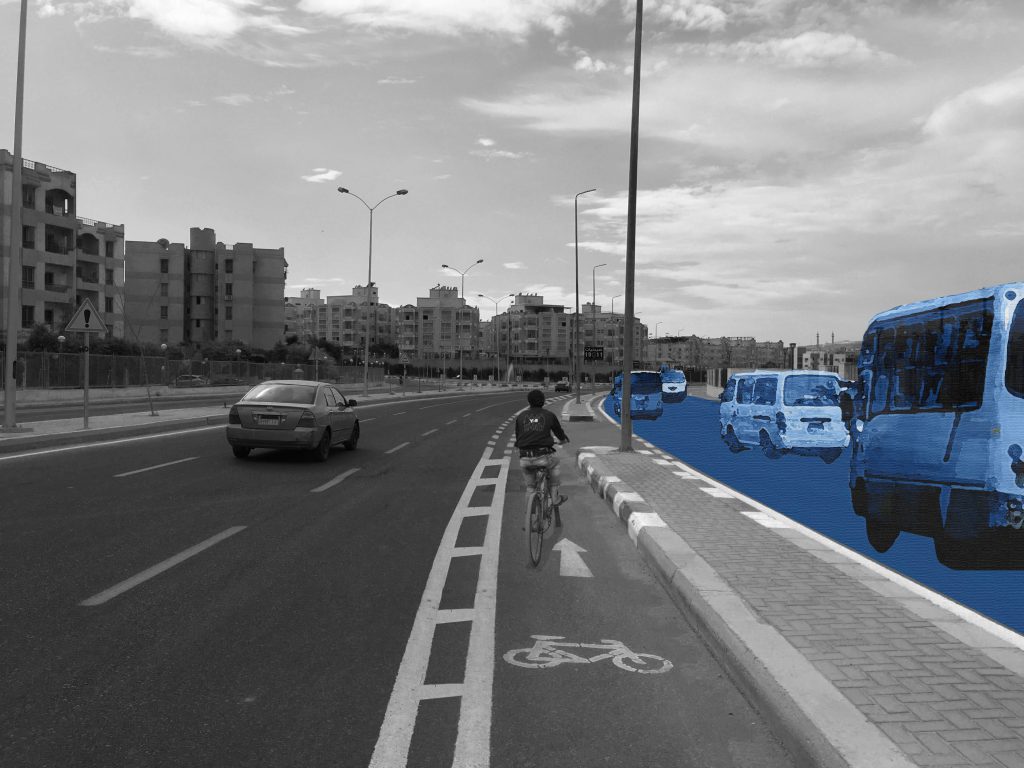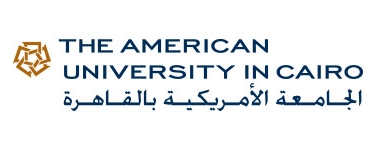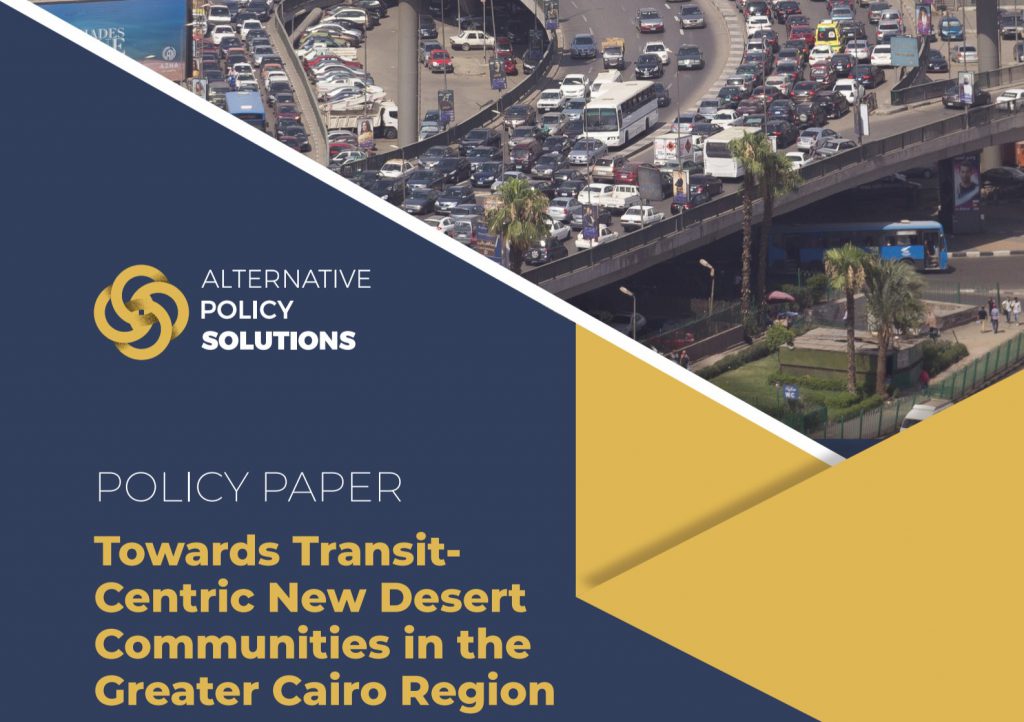TfC Urban Mobility Lab
In our research, we develop and use innovative techniques and methodologies to comprehensively deal with the data we collect from the field and aggregate from other sources. Our team comes from different backgrounds including: Architecture, Urban Planning, Economics & Business and Computer Science.
Data production and research are the two arms of TfC efforts to tackle urban mobility issues. Research questions reshapes our data collection plans, methodologies and technologies. This dynamic correlation between Data and Research enables us to investigate the complexity of urban mobility in Cairo.
TfC Main Research Paths
Accessibility analysis and network optimization
Policy Research
Multimodal Transport Strategy for the Greater Cairo Region


The World Bank approached TfC in the summer of 2018 to conduct a study on the public transport network and its impact on the accessibility of the New Urban Communities (NUCs). The main objective of the study was to make recommendations to improve access to the NUCs. A mix of quantitative and qualitative work was done to decide on a shortlist of 3 high capacity bus corridors and 10 park and ride facilities serving specific NUCs. The chosen metric for accessibility was a constraint-based approach computed using the number of opportunities available to a place within a threshold travel cost of time. The calculation of this metric was only made possible due to the rich data-sets on employment and public transportation that TfC worked to create.
A secondary objective of the study was a set of recommendations to facilitate multi-modality. This covered last-mile solutions, subsidy schemes, intelligent transport systems and the integration of informal transit providers into the formal system.
How Transit Mapping contribute to achieving Adequate Urban Mobility (Policy Paper)


This policy paper hopes to reframe the policy debate on mobility and public transport in cities with paratransit. It contributes the concept of the Right to Adequate Mobility, in line with global development decisions such as the Sustainable Development Goals adopted by the United Nations and the New Urban Agenda. To measure transport system adequacy, the paper develops specific indices within six parameters: availability, affordability, accessibility, acceptability, safety and sustainability designed to holistically look at transport services.
Improving accessibility should begin with mapping cities’ formal public transport and paratransit networks. This paper analyzes the existing experience of collecting spatial and temporal data on comprehensive urban mobility systems, discusses the possibility of collecting data on system adequacy and draws practical implications for transport policies in today’s developing cities. Two case studies from the United Kingdom and South Africa provide a vantage point to understand the present state of Cairo.
For Cairo, this paper describes the current urban mobility systems and develops a catalog of transport modes. It examines existing data to create the transport data availability matrix for the city, positing mapping as a near-term opportunity to achieve the Right to Adequate Mobility.
This paper was prepared by Transport for Cairo (TfC) and Takween Integrated Community Development (TICD) in Cairo, September 2017
Towards Transit-Centric New Desert Communities (Policy Paper)


This policy paper suggests solutions for utilizing urban mobility within the New Desert Communities (NDCs) to improve the living conditions of existing residents and attract more people to currently vacant housing, rather than simply continuing to focus on expansion.
Specifically, using new transit data, this paper develops a citizen-centric model of urban accessibility that measures mobility and connectivity within NDCs and to other parts of the Greater Cairo Region (GCR). This model is innovative in including services provided by paratransit – known as informal transport hitherto understudied and overlooked despite providing the majority of transit connectivity across the GCR.
